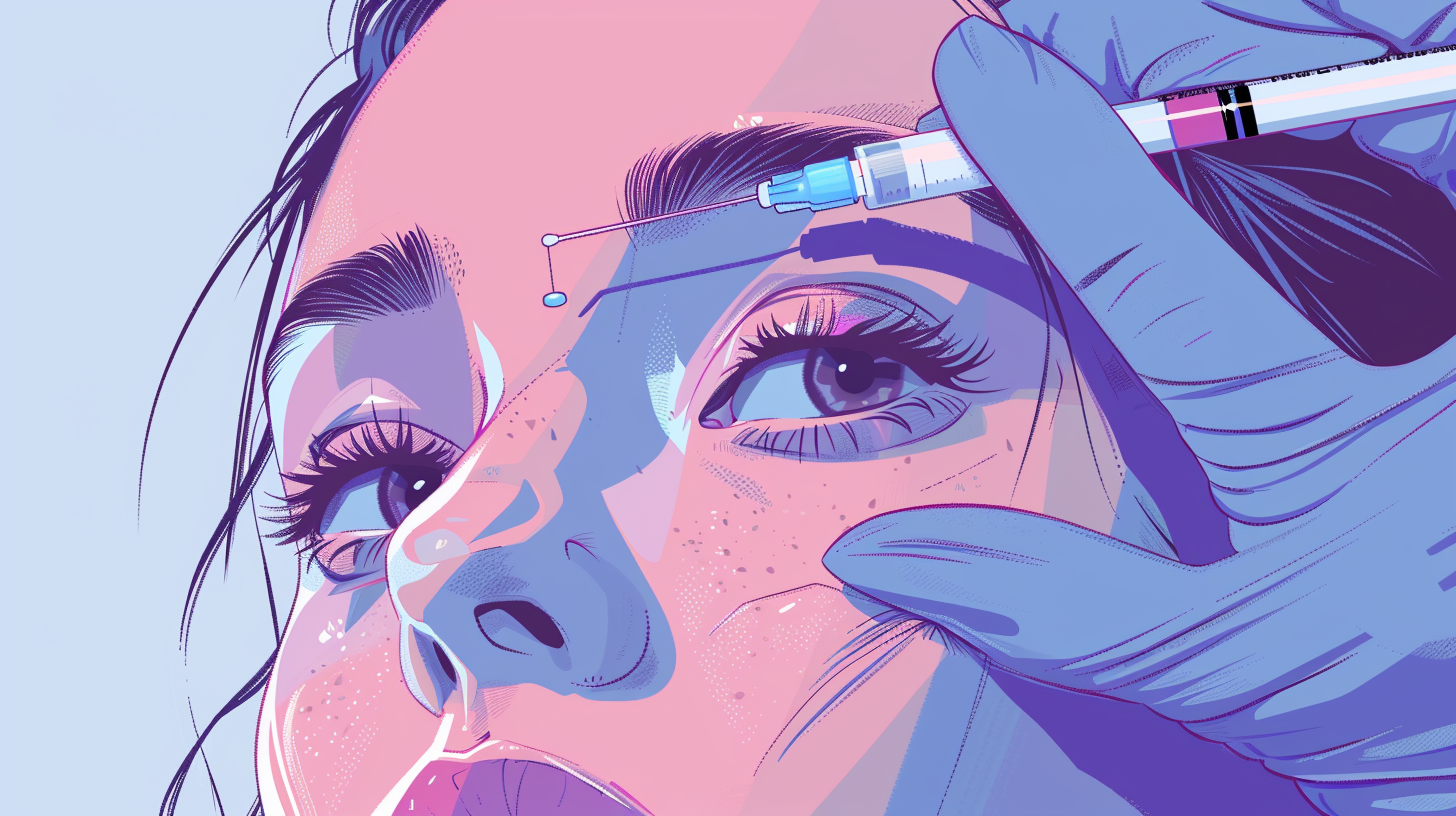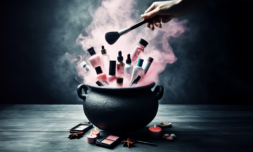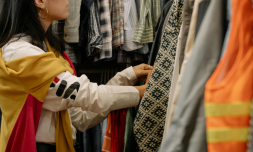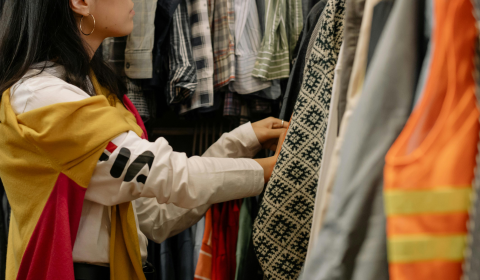Several people have reported negative health reactions after being injected with botulinum toxin in the US. It’s a worrying trend that emphasizes the importance of finding reputable clinicians before getting any type of cosmetic work done.
A worrying trend is taking place across the US, raising the eyebrows of health officials and beauty practitioners alike.
At least 19 people have reported serious health reactions after being injected with botulinum toxin (the scientific name for Botox) in several US states. The Centers for Disease Control and Prevention (CDC) has confirmed that nine individuals required hospitalisation as a result.
The affected patients – all female and between the ages of 25 to 59 – live in nine different states: Colorado, Florida, Illinois, Kentucky, Nebraska, New Jersey, New York, Tennessee, and Washington.
Though most patients sought out the injection for cosmetic purposes, they instead experienced a range of negative health symptoms including blurred or double vision, difficulty swallowing, dry mouth, shortness of breath, weakness, and difficulty lifting their head.
Four of the nineteen women were then treated for botulism – a dangerous and rare condition that attacks the body’s nerves – sparking concerns about the potential spread of the injection beyond the initial site.
At the moment, it is believed that the vials used were obtained from unlicensed sources, meaning they could’ve been counterfeit, contaminated, or ineffective. The CDC, Food and Drug Administration (FDA), and local health departments are all leading investigations to find the source of these vials.
CDC and FDA investigate cases of fake botox and mishandled injections after at least 19 people across nine states were given bad shots.
Dr. Michelle Henry on what to check: "Make sure that it's a licensed practitioner, that you're having it done in a medical office." pic.twitter.com/ABMC4QWh5E
— ABC News Live (@ABCNewsLive) April 18, 2024




















